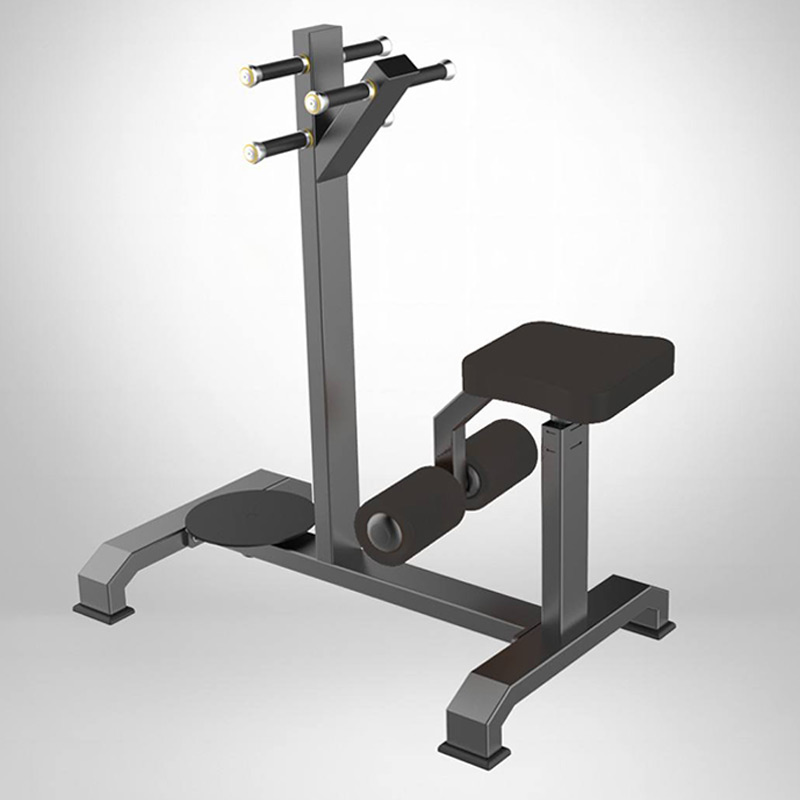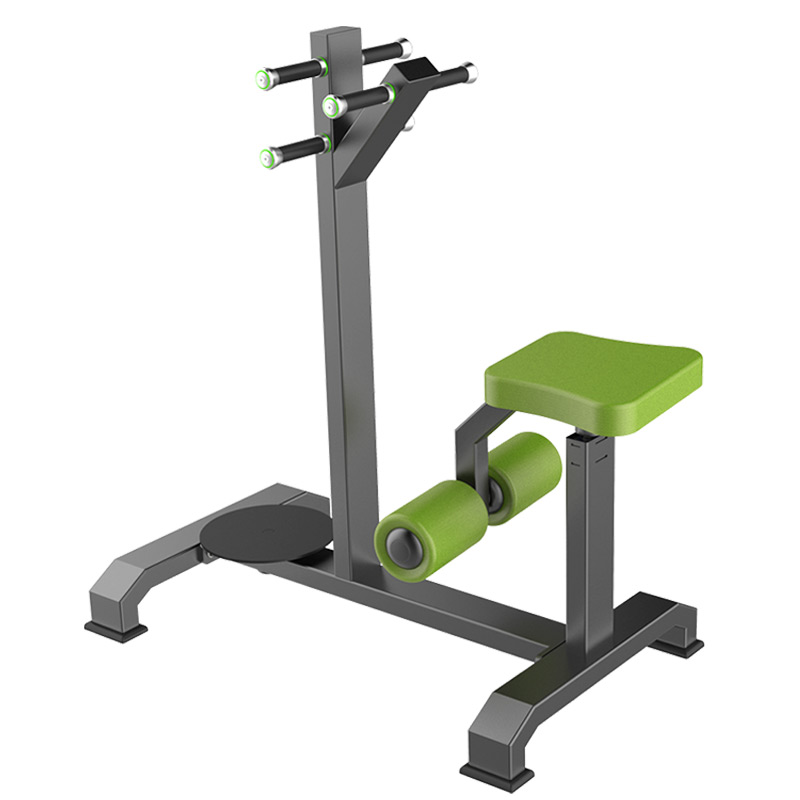The Rotary Torso Machine, also known as a Rotary Torso Rack or Rotary Torso Equipment, is a specialized piece of gym equipment designed primarily to target and strengthen the oblique muscles of the core.
Features:
- Rotational Mechanism: The Rotary Torso Machine typically includes a rotating platform or seat that allows users to rotate their upper body from side to side.
- Adjustable Settings: Many models feature adjustable resistance settings, allowing users to increase or decrease the difficulty of the exercise.
- Handles or Pads: The machine often includes padded handles or armrests that users can hold onto for stability and support during the rotational movement.
- Back Support: Some machines come with adjustable backrests or pads to ensure proper spinal alignment and support throughout the exercise.
Benefits:
- Oblique Muscle Development: The primary benefit of the Rotary Torso Machine is its ability to effectively target and strengthen the oblique muscles (internal and external), which are crucial for trunk rotation and core stability.
- Core Stability: By engaging the obliques, as well as the muscles of the lower back and abdominals, the machine helps improve overall core stability and balance.
- Functional Movement: The rotational movement mimics real-life activities that involve twisting or turning, making it a valuable tool for improving functional fitness and athletic performance.
- Injury Prevention: Strengthening the oblique muscles can help prevent injuries related to poor core stability, such as lower back pain or strain during activities involving rotational movements.
Common Exercises:
- Rotary Torso Twists: Sit on the machine with your back against the backrest, grip the handles or armrests, and rotate your upper body from side to side while keeping your hips stable.
- Progressive Resistance: Adjust the weight or resistance setting of the machine to challenge your oblique muscles progressively as you become stronger and more accustomed to the exercise.
Tips for Effective Use:
- Start Light: Begin with a lighter weight or resistance setting to master proper form and technique before increasing intensity.
- Controlled Movements: Perform the exercise with controlled and deliberate movements to maximize muscle engagement and avoid jerking or swinging motions.
- Breathing: Exhale during the exertion phase (when twisting) and inhale during the relaxation phase to maintain proper breathing rhythm.




















































Reviews
There are no reviews yet.